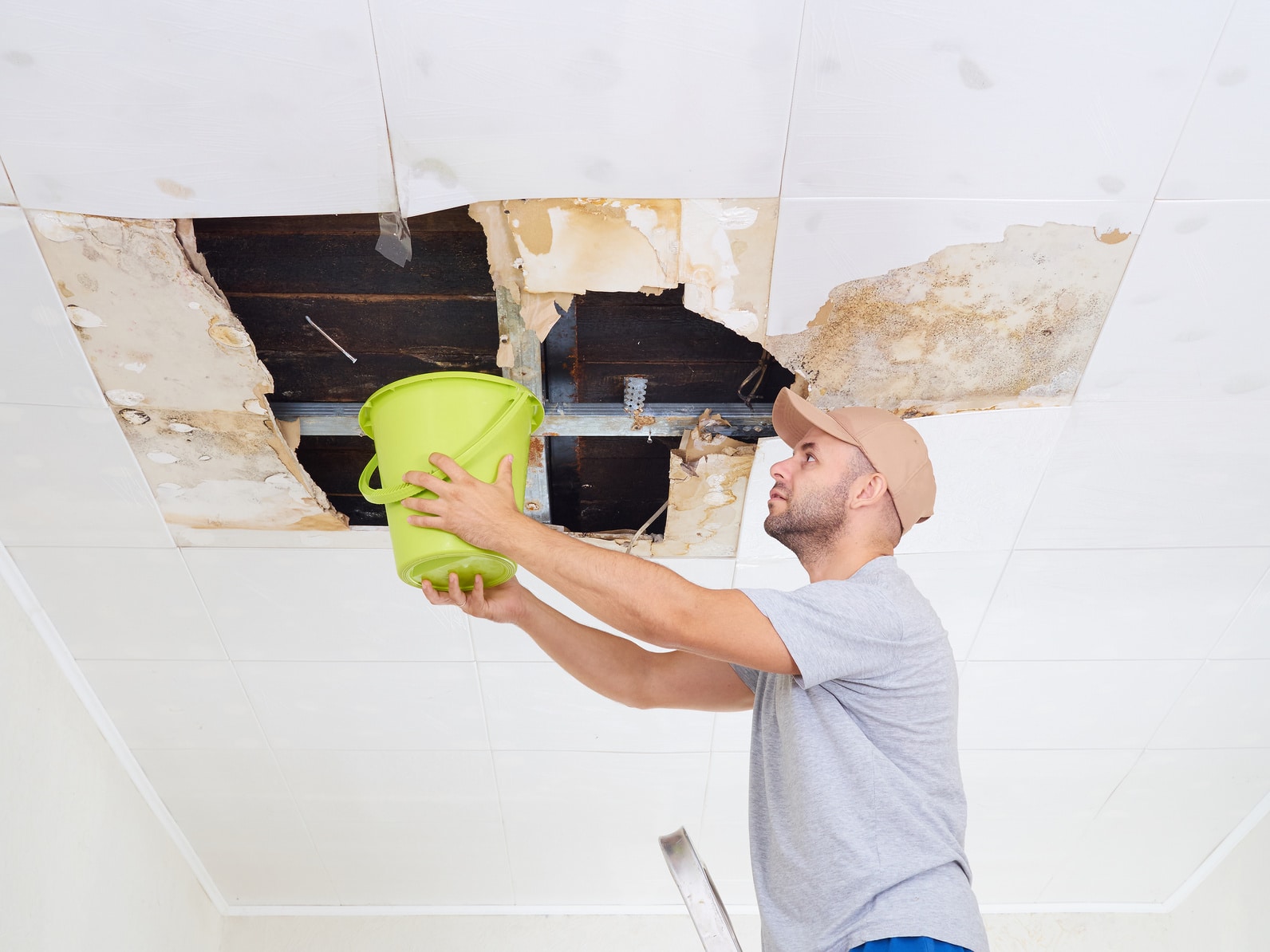Do's & Don'ts of Water Restoration.
Do's & Don'ts of Water Restoration.
Blog Article
The author is making a number of good points about Preventing Fires and Water Damage In Your Home as a whole in this post which follows.

Water gives life, however water breach on some components where it's not expected to be can lead to damages and also hassle. If the water leaks into your structure, it can peel off away the surface area and also erode the material's structure. Mold and mildew also flourish in a wet environment, which can be dangerous for your and also your family's health. In addition, residences with water damages smell stuffy and old.
Water can come from many sources like typhoons, floodings, burst pipes, leaks, and drain issues. If you have water damages, it's better to have a working understanding of security precautions. Below are a few guidelines on just how to deal with water damage.
Do Prioritize Residence Insurance Insurance Coverage
Seasonal water damages can come from floods, seasonal rainfalls, and also wind. There is additionally an event of a sudden flood, whether it originated from a damaged pipeline that suddenly ruptures right into your home. To protect your home, obtain residence insurance coverage that covers both acts of God such as all-natural tragedies, and emergencies like busted plumbing.
Don't Forget to Shut Off Energies
When catastrophe strikes and also you remain in a flood-prone area, turn off the major electrical circuit. Shutting off the power prevents
When water comes in as water serves as a conductor, electric shocks. Don't fail to remember to shut off the main water line valve as a method to avoid even more damages.
Keep your furniture stable as they can move about as well as create additional damages if the floodwaters are obtaining high.
Do Remain Proactive and also Heed Weather Condition Alerts
If you live in an area plagued by floodings, remain positive and ready at all times. Listen to the information and discharge cautions if you live near a body of water like a river, creek, or lake .
Do Not Neglect the Roof
Your roofer should take care of the damaged gutters or any other indicators of damage or weakening. An evaluation will protect against water from moving down your walls and soaking your ceiling.
Do Focus On Little Leakages
There are red flags that can attract your focus as well as suggest to you some weakened pipelines in your home. Signs of red flags in your pipelines consist of gurgling paint, peeling off wallpaper, water streaks, water discolorations, or dripping noises behind the wall surfaces. Repair service and also examine your plumbing repaired before it results in substantial damages to your residence, finances, and also an individual headache.
Do Not Panic in Case of a Ruptured Pipeline
Timing is vital when it comes to water damage. If a pipe bursts in your home, promptly shut off your primary water valve to cut off the source as well as protect against even more damage. Call a trustworthy water damage repair expert for support.
Water gives life, but water intrusion on some parts where it's not meant to be can result in damage and also hassle. In addition, homes with water damages scent old and also stuffy.
Seasonal water damage can come from floodings, seasonal rainfalls, as well as wind. Signs of red flags in your pipelines consist of bubbling paint, peeling wallpaper, water touches, water discolorations, or leaking audios behind the wall surfaces. If a pipe ruptureds in your home, right away closed off your primary water shutoff to reduce off the source and prevent more damage.
Some Do's & Don't When Dealing with a Water Damage
DO:
Make sure the water source has been eliminated. Contact a plumber if needed. Turn off circuit breakers supplying electricity to wet areas and unplug any electronics that are on wet carpet or surfaces Remove small furniture items Remove as much excess water as possible by mopping or blotting; Use WHITE towels to blot wet carpeting Wipe water from wooden furniture after removing anything on it Remove and prop up wet upholstery cushions for even drying (check for any bleeding) Pin up curtains or furniture skirts if needed Place aluminum foil, saucers or wood blocks between furniture legs and wet carpet Turn on air conditioning for maximum drying in winter and open windows in the summer Open any drawers and cabinets affected for complete drying but do not force them open Remove any valuable art objects or paintings to a safe, dry place Open any suitcases or luggage that may have been affected to dry, preferably in sunlight Hang any fur or leather goods to dry at room temperature Punch small holes in sagging ceilings to relieve trapped water (don't forget to place pans beneath!); however, if the ceiling is sagging extremely low, stay out of the room and we'll take care of it DO NOT:
Leave wet fabrics in place; dry them as soon as possible Leave books, magazines or any other colored items on wet carpets or floor Use your household vacuum to remove water Use TV's or other electronics/appliances while standing on wet carpets or floors; especially not on wet concrete floors Turn on ceiling fixtures if the ceiling is wet Turn your heat up, unless instructed otherwise

We were shown that report about Reducing Your Risk Of Water And Fire Damage At Home from someone on another blog. Sharing is caring. You just don't know, you could be doing someone a favor. Many thanks for your time. Visit us again soon.
Report this page